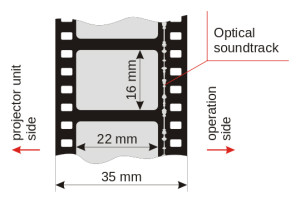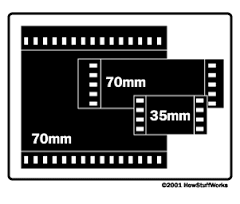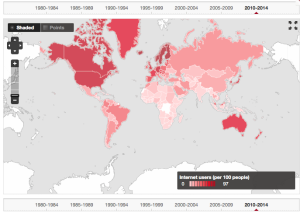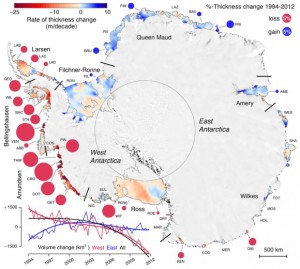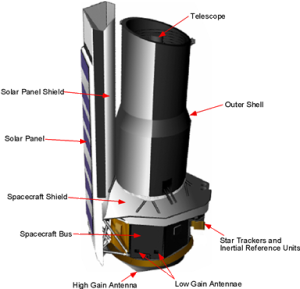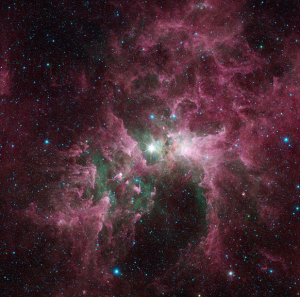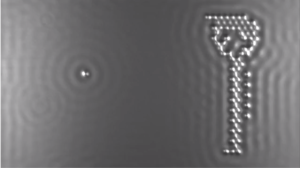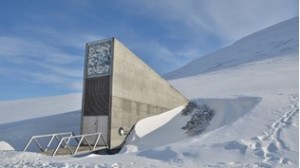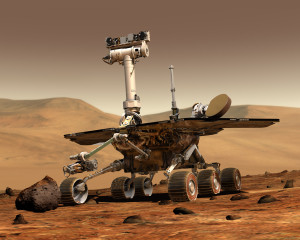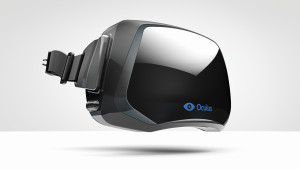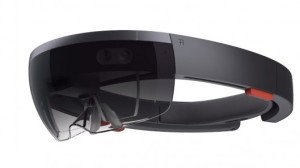Peter Lobner
That modern high-definition (HD) digital versions of movies can be created from the original film stock is a real testament to the very high-resolution available in movie film, even older film stock if it has been well preserved. Details on the process are described in the article at the following link:
The most common film used in traditional movie theaters is 35 mm film, which is available in several variations for Cinemascope, widescreen, etc. A 35 mm film frame measures 22 mm wide by 16 mm high and more or less of that frame is used depending on the aspect ratio of the image being captured. For example, a wide-screen (high aspect ratio) image does not use the full height of the 35 mm film frame. In effect, this is optical image compression.
The large format film stock discussed in the article is 65 mm film, which was used to film the 1959 movie Ben Hur and many other wide-screen movies. The resolution is higher than for 35 mm film because of the greater film area available for an “uncompressed” wide-screen image. As used in cameras, each film frame is 48.5 mm wide by 22.1 mm high. For projection, the original 65 mm film is printed on 70 mm film. The additional 5 mm in film width are used for four magnetic strips holding six tracks of sound.
The article doesn’t mention IMAX film, which is a horizontal variant of 70 mm film, in which the film roll is turned on its side with 15 perforations per frame. The above figure shows the relative sizes of 35 mm, standard 70 mm and IMAX 70 mm film. An IMAX frame is more than three times the size of a standard 70 mm frame and almost nine times greater than a 35 mm film frame. No wonder IMAX film movies look so impressive.
The 1st-generation U.S. photographic spy satellites, Corona, used special Kodak 70 mm film.
As noted in the article, the resolution of 35mm film is comparable to that of a 20 megapixel digital image. The large format 65-70mm film has roughly double the potential resolution of 35mm film, comparable to a 30-40 megapixel digital image. This means an IMAX film image would be comparable to a 90 – 120 megapixel digital image.
Many new movies are being filmed in 8K digital (7680 x 4320 pixel frame = about 33.2 megapixels per frame), which has about 4 times the resolution of the latest 4K (3840 x 2160 pixel frame = about 8.2 megapixels per frame) HDTVs. Even 8K digital doesn’t match the image quality from the original film version of the movie Ben Hur or a modern IMAX film.
